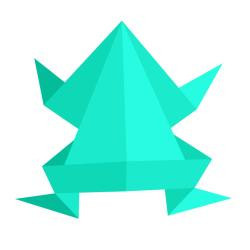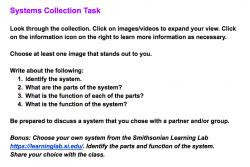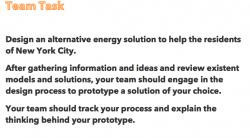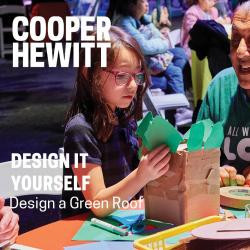sara gottlieb's collections
Exploring Systems
<p>Systems can be vast or miniscule. They can be man-made or occur in nature. A system can be simple or complex but all systems are have various parts. Each of the parts have functions within the system and each system has its own function<em> (what a part or system is used for is called its function)</em>. </p>
<p>In this collection, you will investigate a variety of systems by viewing and reading about them. </p>
<p>The task is provided in the first slide in the collection. The second slide includes a checklist/rubric for student self-assessment and for teacher use in guiding assessment of the task.</p>
 sara gottlieb
sara gottlieb
36
Exploring Systems - for teachers
<p></p>
<p>Systems can be vast or miniscule. They can be man-made or occur in nature. A system can be simple or complex but all systems are have various parts. Each of the parts have functions within the system and each system has its own function<em> (what a part or system is used for is called its function)</em>. </p>
<p>In this collection, students investigate a variety of systems by viewing and reading about them. </p>
<p>This collection can be used in the classroom as students explore the crosscutting concept of systems and system models across a variety of science disciplines. The collection can also be used in a design thinking course or unit or as students undertake engineering projects and explore processes and systems.</p>
<p>This collection is designed for students to use independently either in class or on their own. The collection can also be used as a small group or whole class activity driven by discussion instead of writing.</p>
<p>The task is provided in the first slide in the collection. Extension activities can be applied to the task. One extension is included in the task slide and prompts students to use the Learning Lab to seek out their own example of a system and explain its parts and functions. A more interactive class based extension might be for students to circulate and look for a partner/partners who chose the same system or can find a way to make connections between two or more different systems that they chose. Partnerships/teams can then compare the parts/functions that they have identified and prepare to share with the larger class community.</p>
<p><br /></p>
<p></p>
<p><br /></p>
 sara gottlieb
sara gottlieb
36
Designing Alternative Energy Solutions
<p>Climate change is a huge issue facing our society. Our students have expressed tremendous concerns about the global impact of the climate crisis.</p><p>As part of this learning lab, student teams are tasked with designing and prototyping an alternative energy solution for NYC.</p><p>Before embarking on their own designs, students will use the resources to learn about earlier climate campaigns, what scientists and engineers are doing today and will explore models, prototypes and solutions that are already existent.</p>
 sara gottlieb
sara gottlieb
28




